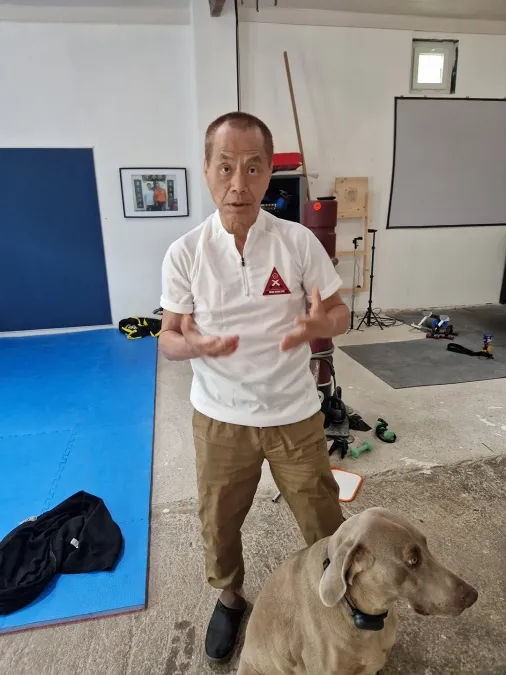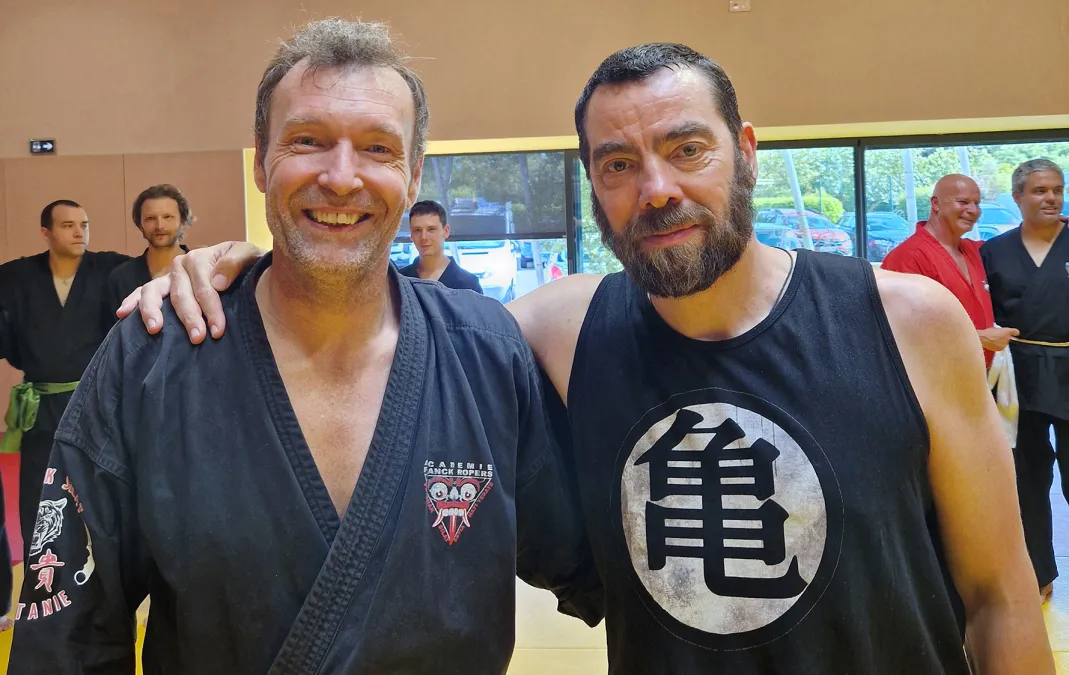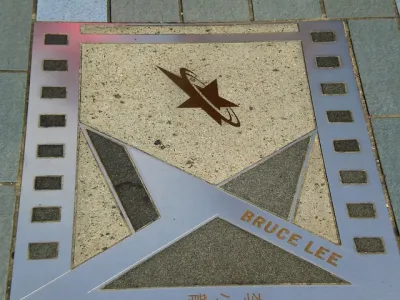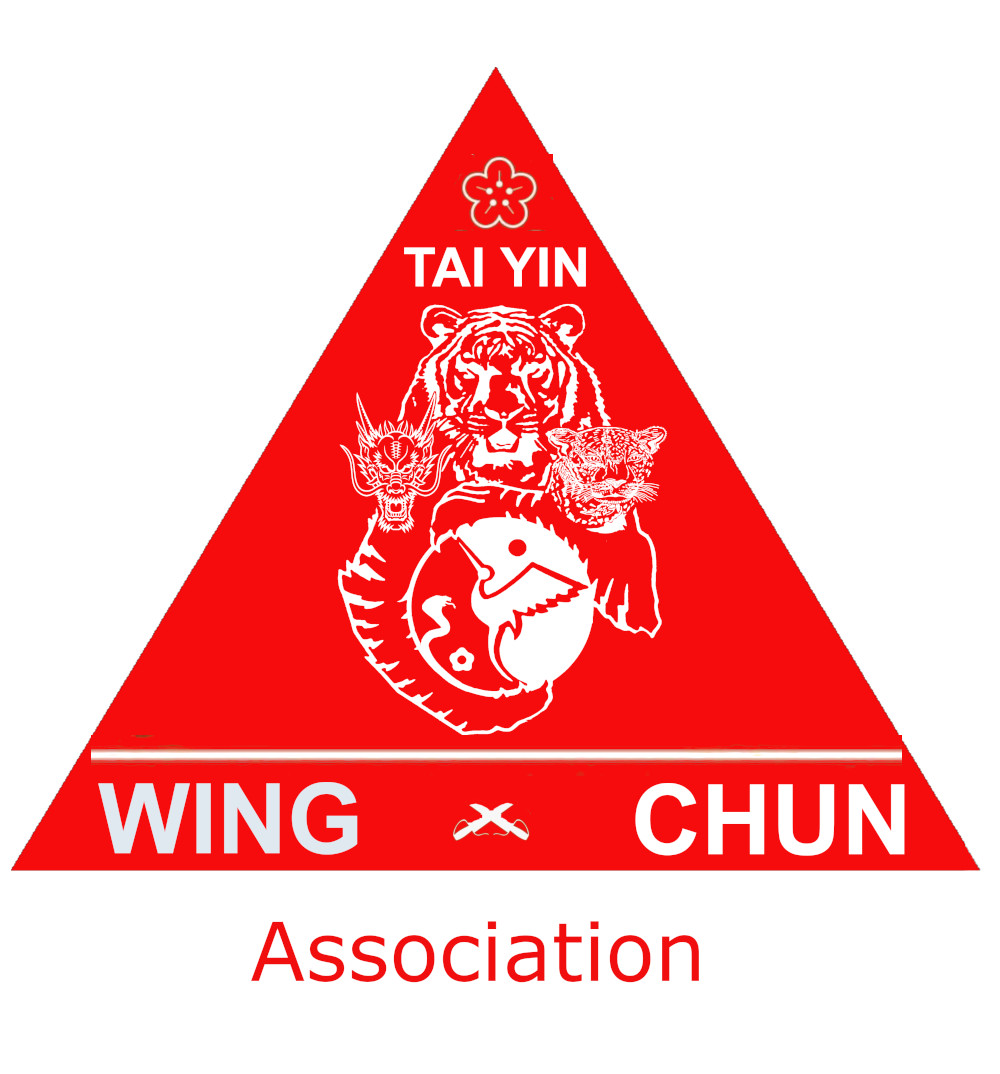Bruce Lee, Self-Defense, Techniques Wing Chun vs Jeet Kune Do: Duel of Techniques and Philosophies
📜 Introduction
Martial arts have always been at the center of self-defense culture and personal development. Among the most popular, Wing Chun and Jeet Kune Do stand out, not only for their specific techniques but also for their unique philosophies. Are you wondering which of these two martial arts might suit you best? Look no further, as we are here to compare Wing Chun vs Jeet Kune Do in detail and answer all your questions.
⏳ History of Both Martial Arts
Wing Chun is a Chinese martial art that dates back several centuries. It is characterized by its refined movements and philosophy focused on efficiency. Wing Chun was created by a Shaolin nun named Ng Mui, and it is famous for its direct strikes, close-quarter work, and use of structure to counter an opponent's force. The history of Wing Chun is also marked by its connection to Ip Man, the legendary master who popularized the art in the 20th century and trained famous students, including Bruce Lee. Today, this art is practiced worldwide, with a focus on discipline and the simplicity of its movements.
Created by Bruce Lee in the 1960s, Jeet Kune Do was born out of a desire to break away from the rigid techniques of traditional martial arts. Lee wanted an adaptable system that could respond to any situation with maximum efficiency. Jeet Kune Do is a blend of techniques from different martial arts, all focused on freedom of movement and improvisation. Lee developed this art by drawing inspiration from boxing, fencing, and other disciplines, focusing on pure effectiveness. JKD is not fixed but constantly evolves, allowing practitioners to adapt to new situations without being limited by rigid forms or strict rules.
🧘♂️ Philosophy and Approach
Wing Chun is based on simplicity and economy of movement. The practitioner's goal is to use the opponent's force against them. The concept of the central line is crucial, as it is where attacks and defenses converge. No unnecessary movements; every action has a specific purpose—to eliminate the threat as quickly as possible. Discipline and repetition are at the heart of Wing Chun training, conditioning the body and mind to instinctively react to attacks. Wing Chun also focuses on developing tactile sensitivity, a unique aspect that allows practitioners to feel the opponent's movements and respond intuitively.
"Absorb what is useful, reject what is useless" is the mantra of Jeet Kune Do. Bruce Lee conceived this art by eliminating barriers between different styles and keeping only what was effective for him. JKD is often described as a "style without a style" because it allows the practitioner to adapt instantly depending on the circumstances. Lee advocated freedom and the absence of fixed forms. Unlike traditional martial arts, Jeet Kune Do does not seek perfection in forms but maximum efficiency in real situations. The philosophy of JKD is highly individualistic, encouraging each practitioner to find their own way and adapt techniques to their physical and mental abilities.
⚔️ Techniques and Differences
🤼♂️ Wing Chun Specific Techniques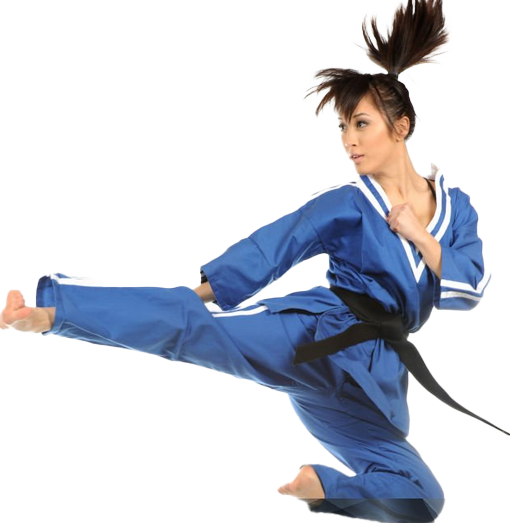
- Chi Sau (Sticky Hands): an exercise that develops sensitivity and responsiveness in close combat. Chi Sau is one of the fundamental practices of Wing Chun. It helps practitioners develop a tactile connection, which is essential for anticipating and responding to an opponent's movements without relying on sight.
- The Central Line: protecting the central line, with fast and precise strikes. The principle of the central line involves controlling the most vulnerable area of the opponent, focusing on straight and direct attacks, reducing the reaction time needed to defend and attack simultaneously.
- Forms: Siu Nim Tau, Chum Kiu, and Biu Jee are the three main forms of Wing Chun. Each of these forms has a specific function: Siu Nim Tau teaches the basics and structure, Chum Kiu focuses on body movement and coordination, and Biu Jee introduces more advanced techniques, often considered an "emergency exit" in critical situations.
🔪 Jeet Kune Do Techniques
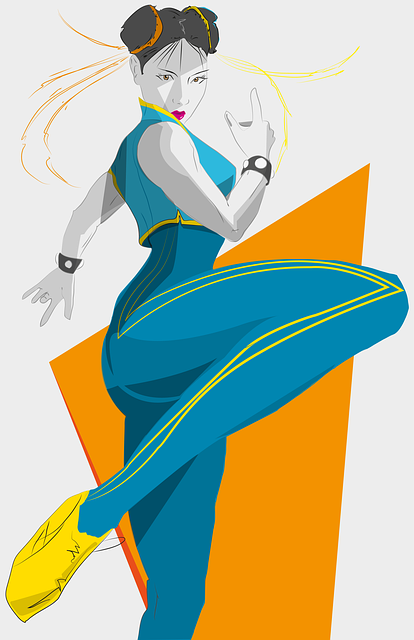
- The Straight Punch: inspired by Western boxing, fast and direct, used to disrupt the opponent. Bruce Lee often emphasized the simplicity of attacks. The straight punch is designed to be delivered with minimal movement, making it difficult for the opponent to defend against.
- Low Kicks: Bruce Lee was a strong advocate of low kicks to neutralize the opponent's mobility. Rather than aiming for the head or torso, Lee preferred targeting the opponent's legs, thereby reducing their ability to move effectively.
- Fluidity and Unpredictability: JKD is characterized by eclectic movements and a wide variety of attack angles. Bruce Lee encouraged practitioners to never repeat the same attack in the same way twice, making their actions difficult to predict. This keeps the opponent constantly on the defensive.

